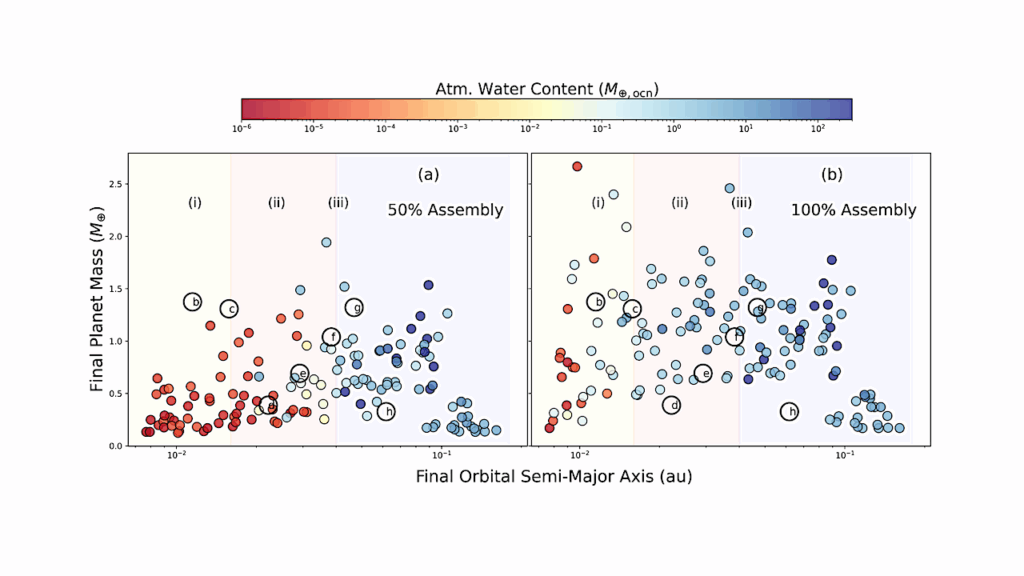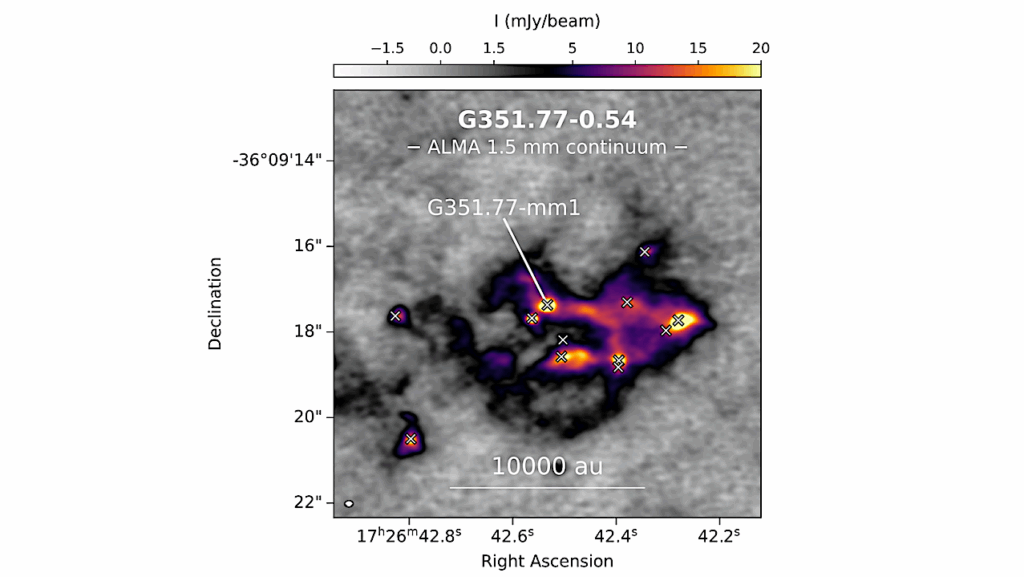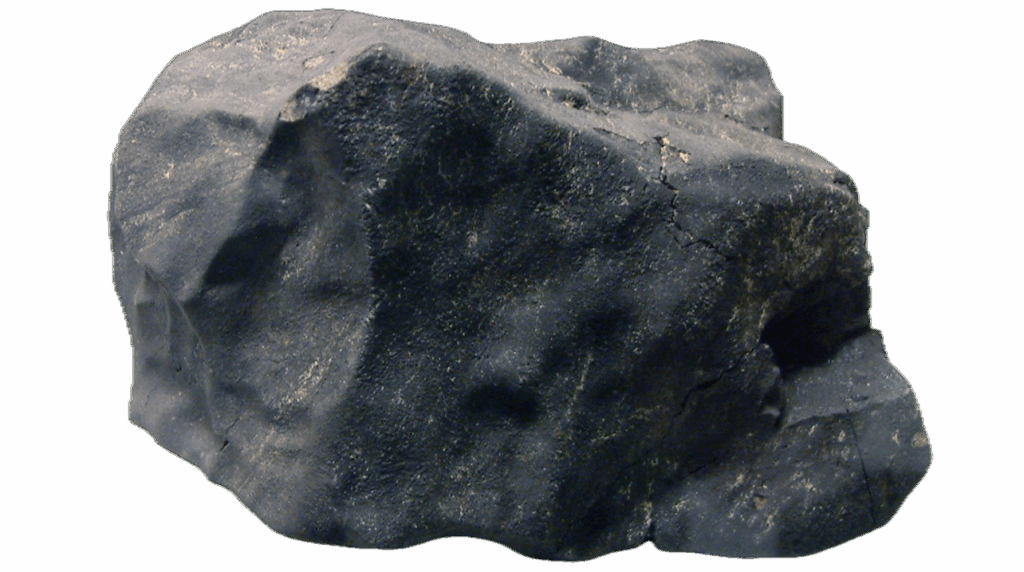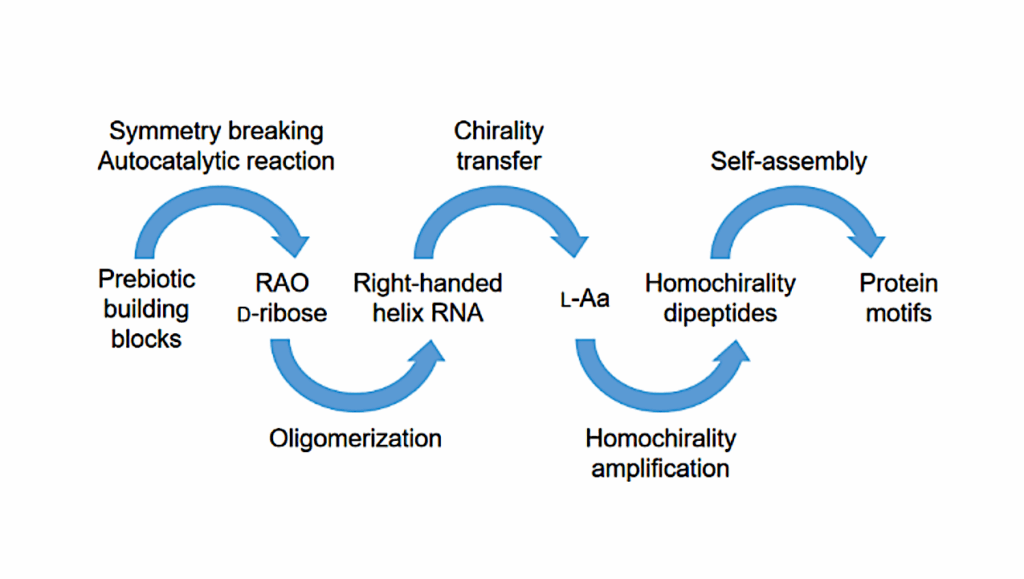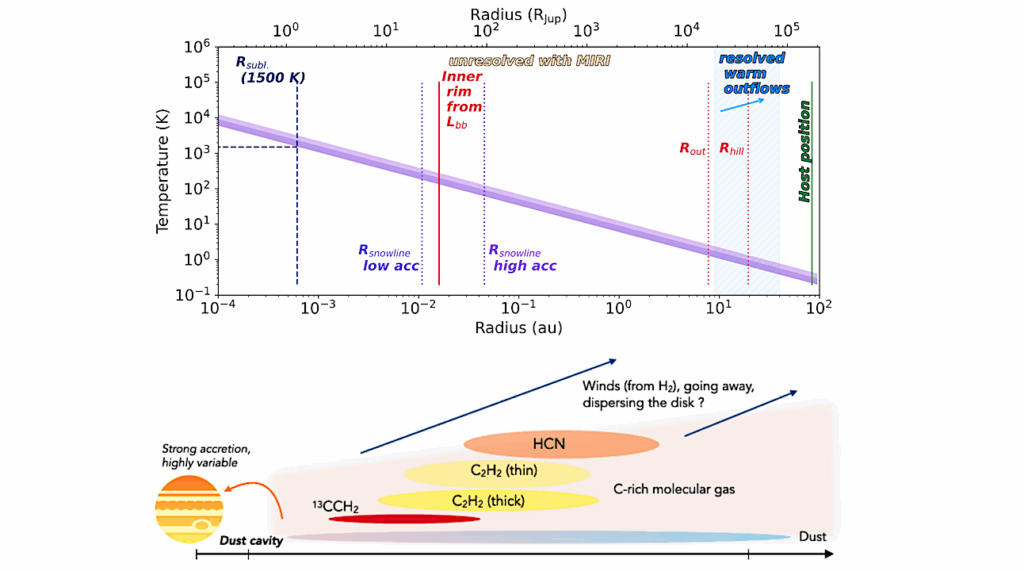Abnormally High Alcohol And Mystery Heat Source Detected On Comet Wirtanen

Comet 46P/Wirtanen was releasing an unusual amount of alcohol as it made its historic flyby of Earth two and a half years ago.
That’s one of the findings from the latest published study comet detectives conducted after observing 46P/Wirtanen with W. M. Keck Observatory on Maunakea in Hawaiʻi.
“46P/Wirtanen has one of the highest alcohol-to-aldehyde ratios measured in any comet to date,” said Neil Dello Russo, a cometary scientist at Johns Hopkins University Applied Physics Laboratory and co-author of the study. “This tells us information about how carbon, oxygen, and hydrogen molecules were distributed in the early solar system where Wirtanen formed.”
Keck Observatory data also revealed a strange characteristic. Normally, as comets orbit closer to the Sun, the frozen particles in their nucleus heat up, then boil off, or sublimate, going directly from solid ice to gas, skipping the liquid phase. This process, called outgassing, is what produces the coma – a giant cloak of gas and dust glowing around the comet’s nucleus. As the comet gets even closer to the Sun, solar radiation pushes some of the coma away from the comet, creating the tails.
With comet 46P/Wirtanen however, the team made a strange discovery: Another process beyond solar radiation is mysteriously heating up the comet.
“Interestingly, we found that the temperature measured for water gas in the coma did not decrease significantly with distance from the nucleus, which implies a heating mechanism,” said co-author Erika Gibb, professor and chair of the Department of Physics and Astronomy at University of Missouri-St. Louis.
Gibb says there are a couple possible explanations. One is a chemical reaction where sunlight may be ionizing some atoms or molecules in the dense coma close to the nucleus, releasing high-velocity electrons. When these super-charged electrons collide with another molecule, they can transfer some of their kinetic energy and heat the water gas in the coma.
“Another possibility is there may be solid chunks of ice flying off of 46P/Wirtanen,” said Gibb. “We’ve seen this in some comets visited by spacecraft, notably Hartley 2 during NASA’s EPOXI mission. Those ice chunks tumble away from the nucleus and sublimate, releasing energy further out in the coma.”
This scenario would be consistent with observations of other hyperactive comets like 46P/Wirtanen – a class of comets that release more water than expected if they release all of their gases directly from their icy nuclei as they approach the Sun. The water spews in the form of gas but can condense later into liquid if it were to arrive on a planet’s surface. This is why scientists suspect comets, as well as asteroids, may have delivered the water that makes up Earth’s oceans.
Keck Observatory data did show Comet Wirtanen exhibited relatively more water molecules farther out in the coma after sublimation compared to other molecules – namely ethane, hydrogen cyanide, and acetylene. This suggests that additional water is being released from icy grains in the inner coma, which is a signifcant result coming from a ground-based telescope. Such observations have been made with spacecraft visiting other comets but can be difficult to study from the ground because of interference from water in Earth’s atmosphere. To address this, ground-based studies have utilized a technique to target water transitions that are not blocked by the atmosphere; this makes it possible to obtain detailed infrared observations from Keck Observatory that show how the most abundant volatile element is distributed within the coma of a comet.
In the Nick of Time
NASA awarded the researchers telescope time to observe 46P/Wirtanen in December 2018 using Keck Observatory’s Near-Infrared Spectrograph (NIRSPEC), which was upgraded just in time to capture the comet as it made its closest approach to Earth.
“Our research would not be possible without the efforts of the entire team that completed the NIRSPEC upgrade,” said lead author Boncho Bonev, physics research associate professor at American University. “I am so grateful for their tremendous and successful effort to complete NIRSPEC’s major upgrade under immense time pressure.”
NIRSPEC data show Comet Wirtanen’s chemical makeup consists of:
– acetylene
– ammonia
– ethane
– formaldehyde
– hydrogen cyanide
– methanol
– water
“Within just 10 to 20 minutes of observing with NIRSPEC, we obtained measurements of the abundances and spatial distributions of the comet’s chemical building blocks,” said co-author Mohi Saki, a graduate research assistant at the University of Missouri-St. Louis Department of Physics and Astronomy. “Detecting minor species such as ammonia and acetylene can take hours with other instruments, even for comets as bright as 46P/Wirtanen. We can’t replicate NIRSPEC’s level of sensitivity for minor species with any other near-infrared instrument in such a short time scale.”
Full results from the study are published in The Planetary Science Journal.
Astrobiology, Astrochemistry



